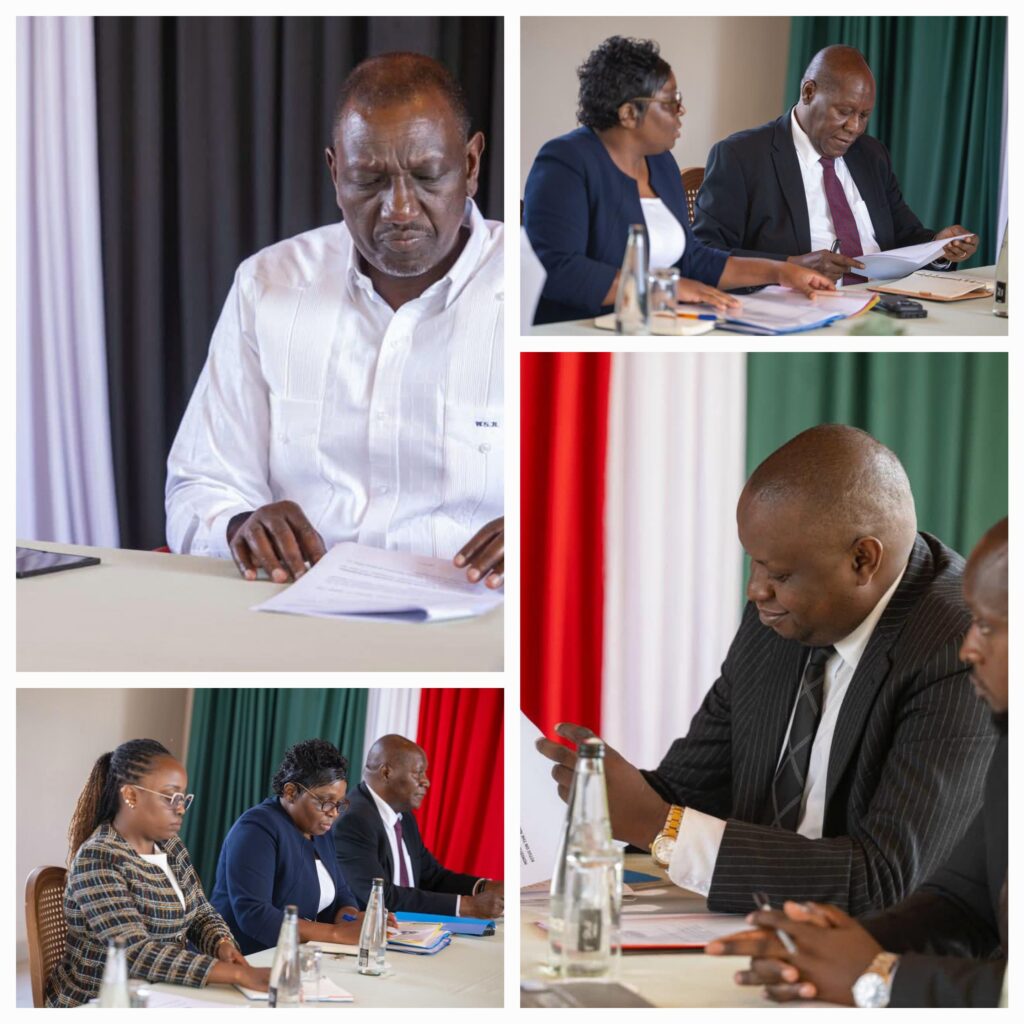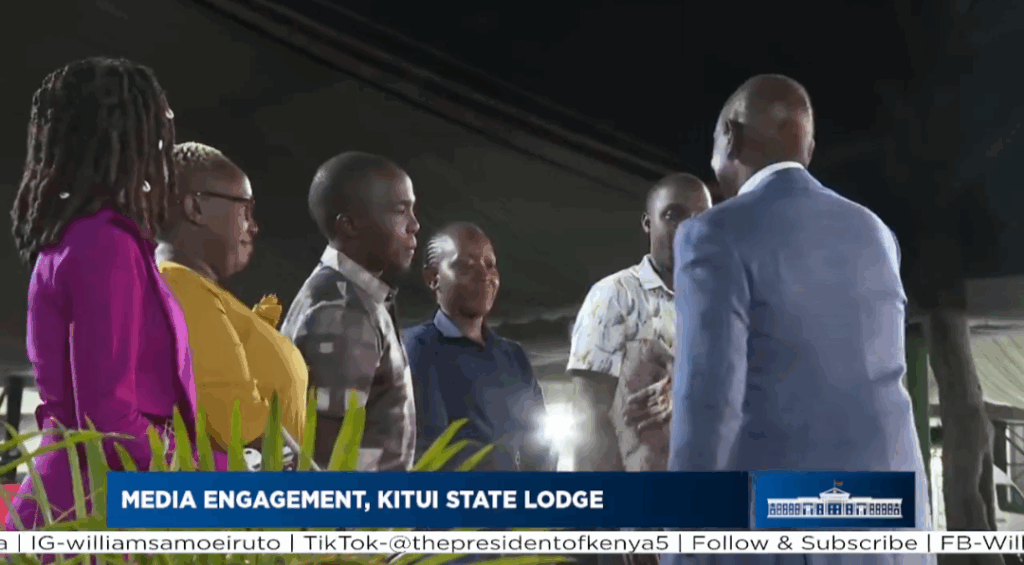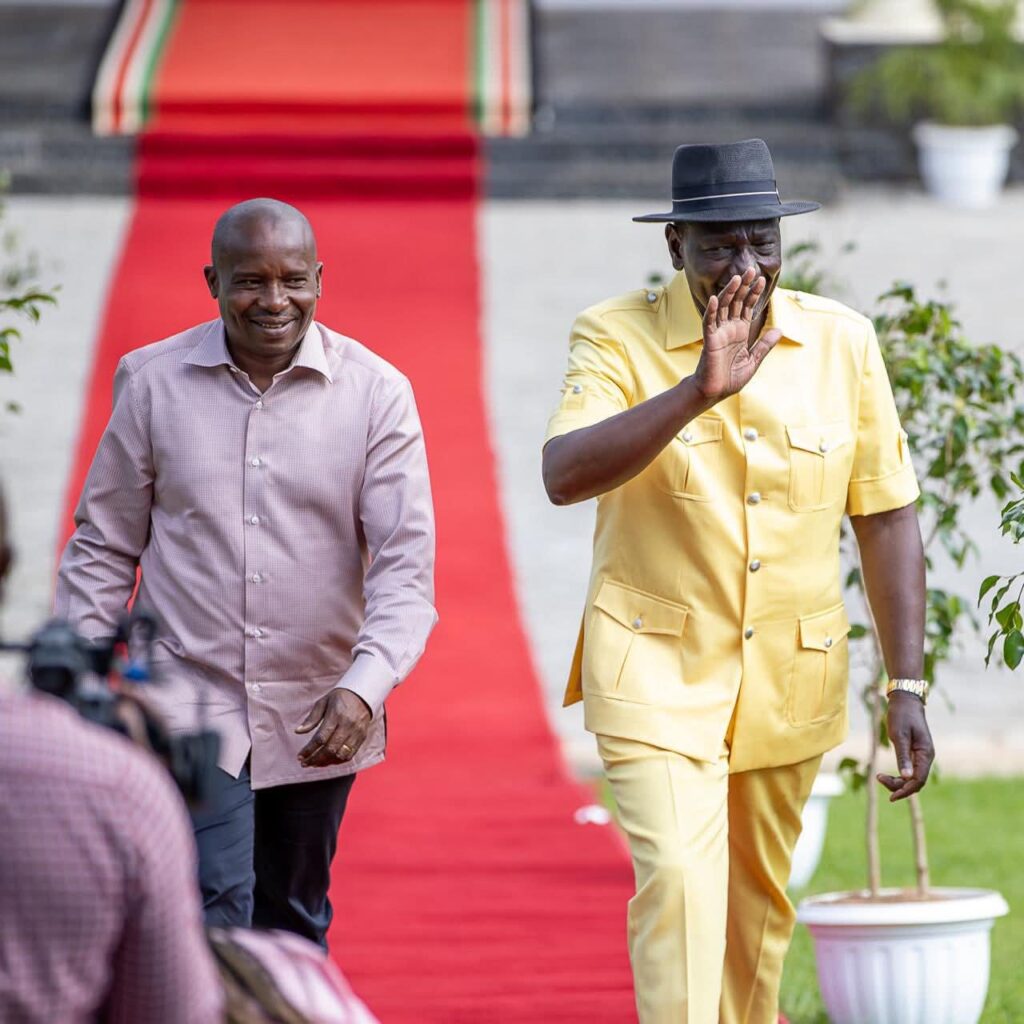Channel 15 News can now reveal the disturbing chain of decisions that turned President William Ruto’s much-anticipated Lower Eastern media engagement into a national embarrassment — a collapse so severe that senior editors across Kenya are still questioning how the Head of State was exposed to such amateur handling.
According to multiple insiders, the President walked into that interview expecting a panel of respected regional journalists capable of interrogating national issues with the seriousness such a moment demanded. Instead, his regional communication team assembled what can only be described as a chaotic mix of individuals who had no business interviewing a sitting President.

The selection process, sources say, was a disaster from the very beginning. Instead of reaching out to seasoned reporters, experienced political correspondents, or established broadcast anchors, the team handpicked people whose careers revolve around entertainment, event organizing, and social media content creation. Some had never sat across a government official for an interview, let alone a Head of State. What was presented to the public as “Ukambani media” was, in truth, a hastily assembled group with no grounding in national affairs, no training in political interrogation, and no editorial authority.
Even the few trained journalists in the room, Channel 15 News understands, were overwhelmed by the magnitude of the assignment. They lacked the experience and confidence required to navigate a conversation with the President on matters such as regional infrastructure, food security, economic disparities, and policy impact. Their questions floated without weight. Follow-ups evaporated. Entire themes collapsed the moment they began. The panel simply could not sustain the gravity of a presidential discussion.

What unfolded was an interview where the President, prepared to explain major development projects and correct long-standing misconceptions about his relationship with the region, found himself surrounded by voices that treated the moment like an entertainment segment. The tone, the framing, and the direction of the conversation betrayed a profound misunderstanding of the seriousness of such national engagement.
State House insiders who spoke to Channel 15 News were blunt: the President was not just poorly supported — he was ambushed by incompetence. They watched, in real time, as the regional team’s choices reduced a golden opportunity into a hollow conversation, devoid of the depth or clarity needed to shift regional perceptions.

Across Kenyan newsrooms, the reaction was immediate. Senior editors concluded that there was nothing worth carrying on national bulletins — no headline, no revelation, no substantive clip. What should have been a defining communication moment instead confirmed the worst fears: that Ukambani’s regional communication machinery is collapsing, and in the process, dragging down the stature of the President himself.

By the time the interview ended, the damage was undeniable. A session that should have demonstrated leadership, empathy, and vision instead highlighted the cracks within the President’s own PR structure. The regional team failed to cushion him, failed to guide the narrative, and failed to protect the integrity of the presidential message.
And in politics, a failure in message is a failure in strategy.
This was not merely a poorly planned interview. It was a dereliction of duty by those entrusted with shaping the President’s image in a region where he desperately needed to rewrite the script. Unless the rot within this communication unit is confronted head-on, President Ruto risks losing the narrative — not to his political rivals, but to the unskilled hands surrounding him.


